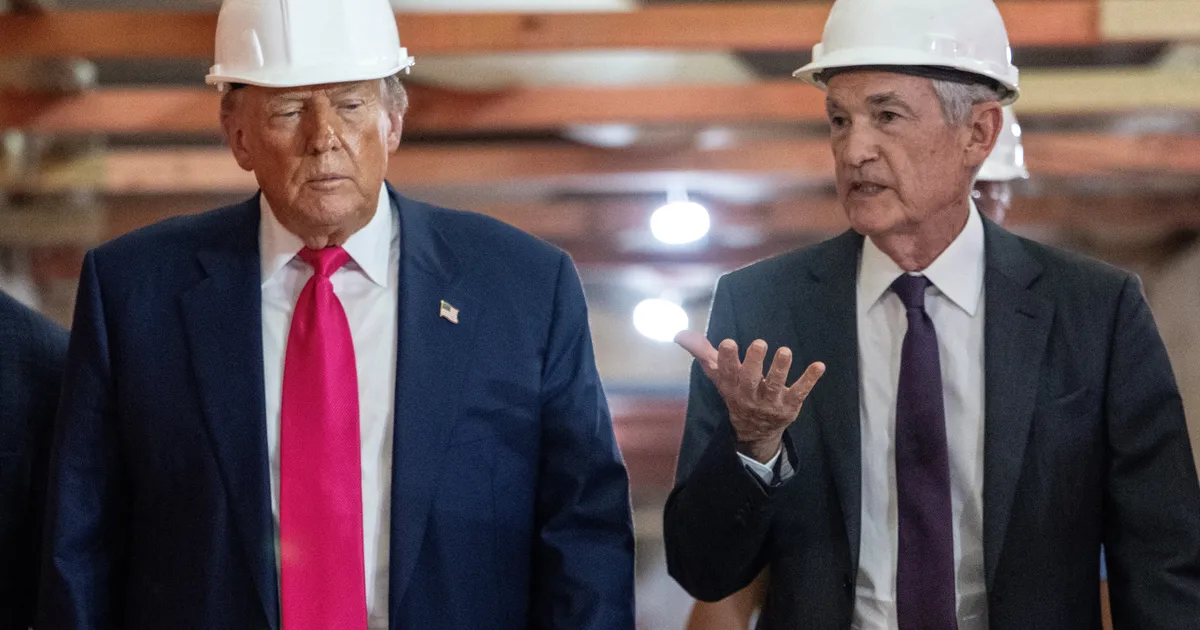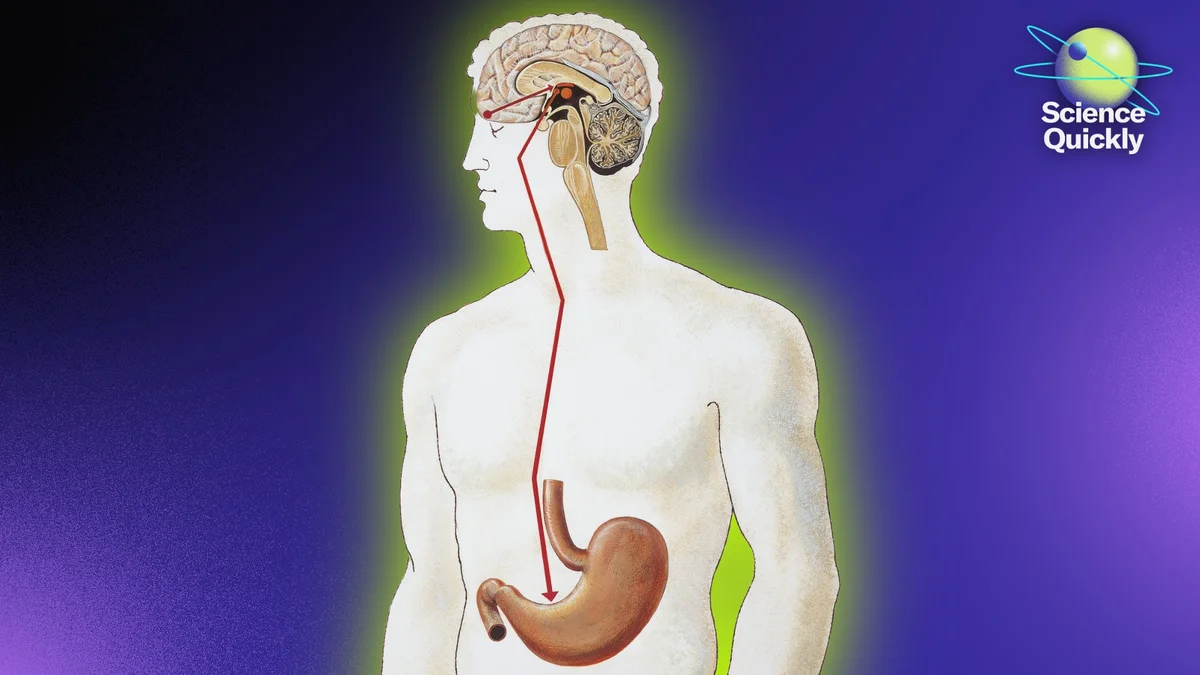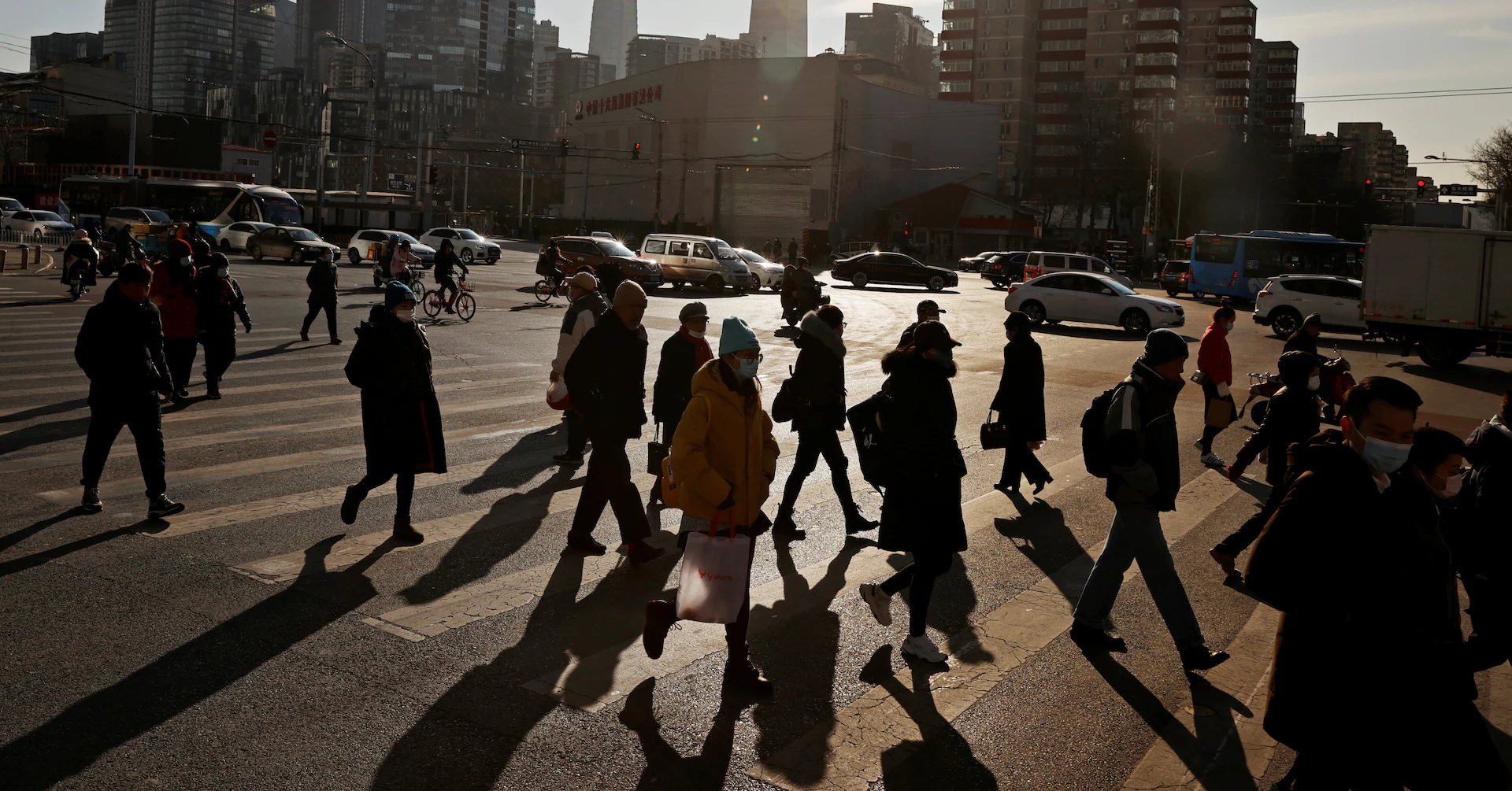
LOADINGERROR LOADING
WASHINGTON — When the Bureau of Labor Statistics announced this month the preliminary results of its annual revision to job gains, it revealed employers added almost a million fewer jobs in the year leading up to March.
The so-called “benchmark revision” shifted policymakers’ understanding of the economy, but it was no surprise to Paulina Drake. She’s a mortgage underwriter in Los Angeles who’s been unemployed since 2022.
Advertisement
“I’ve been doing this all my life, but the last couple of years have been really different,” Drake told HuffPost.
She’s one of 1.9 million Americans who’ve been unemployed longer than six months, according to the BLS, a population that’s grown as the labor market has softened. Of the 7.3 million people who were unemployed in August, 25.7% had been jobless for at least 26 weeks.
The past few months have seen a marked slowdown in job creation, including the first month of net job losses since the coronavirus pandemic. While the unemployment rate has risen only modestly, the rising share of long-term unemployed among the broader unemployed population, along with higher unemployment for new workers and minorities, are hallmarks of a weakening labor market and a warning of increasing recession risk.
Advertisement
President Donald Trump campaigned on fixing the economy, promising voters he would immediately tame inflation, but his signature economic policy of taxing imported goods has pushed up prices and made it harder for the Federal Reserve to act on another Trump priority — cutting interest rates to boost job growth.
During a press conference last week, Federal Reserve Chair Jerome Powell ― whom Trump has called “stupid” and “terrible” for not cutting rates ― said the Fed was right to wait and see how much tariffs boosted inflation. But he said the weakening labor market had forced the Fed to finally enact a quarter-point rate reduction.
“The overall job finding rate is very, very low,” Powell said, adding that layoffs are also low.
“The concern is that if you start to see layoffs, the people who are laid off won’t — there won’t be a lot of hiring going on,” Powell continued. “So that could very quickly flow into higher unemployment. In a healthier economy, healthier labor market, there would be jobs for those people. But now, the hiring rate is very, very low. So that’s been a growing concern over the last few months.”
Advertisement
More important than its implications for the health of the economy, long-term joblessness can have lasting financial, mental and even physical consequences for the people stuck without work for half a year or more, said Lindsey Owens, an economist and director of Groundwork Collaborative, a progressive Washington, D.C., think tank.
“The impacts extend well beyond the level of job you might obtain on the flip side, the earnings hit you might obtain on the flip side,” Owens told HuffPost. “Long-term unemployment scarring effects show up in future job performance, in well-being measures later on. We have a whole host of information about the health impacts of long-term unemployment, including increased likelihood of chronic pain.”
HuffPost readers: Trouble finding work? Tell us about it ― email arthur@huffpost.com. Please include your phone number if you’re willing to be interviewed.
Drake, the underwriter, said she’s applied to jobs outside of real estate, but hasn’t had any luck, even for positions at retail and grocery stores. She believes her age, 60, and the gap on her resume make employers less willing to hire her.
“I have been trying anything to get to work, but mortgage companies won’t hire me because I’ve had this gap,” she said. “I can’t get into any other fields because I have no experience doing anything. Right now, I am equivalent to a 15-year-old high school student trying to get a job.”
Drake’s career doing mortgages may have been a casualty of monetary policy. The Federal Reserve started hiking interest rates in response to price inflation in 2022. Higher rates make money more expensive to borrow, and central bankers use the hikes to slow overall spending enough to make companies set lower prices. The housing industry is one of the most sensitive to interest rates, since, for most people, the cost of buying a home is closely tied to the cost of borrowing a huge pile of money.
Advertisement
“We have housing affordability near historic lows because of high mortgage rates, but we also have new housing permits down, housing starts down. We have a slowdown in construction that threatens jobs in the construction industry,” Owens said. “You don’t have as many houses, you don’t have as many houses to sell. That’s going to affect the types of people who are in real estate. You don’t have as many houses being sold, you don’t have as many mortgages being originated. You don’t have as many mortgages, you don’t have as many refinances. Those are all knock-on effects.”
While she looks for work, Drake said she’s been crocheting to build inventory for an Etsy shop and is studying to become a dog trainer next year. In the meantime, she’s been occasionally walking a neighbor’s dog.



